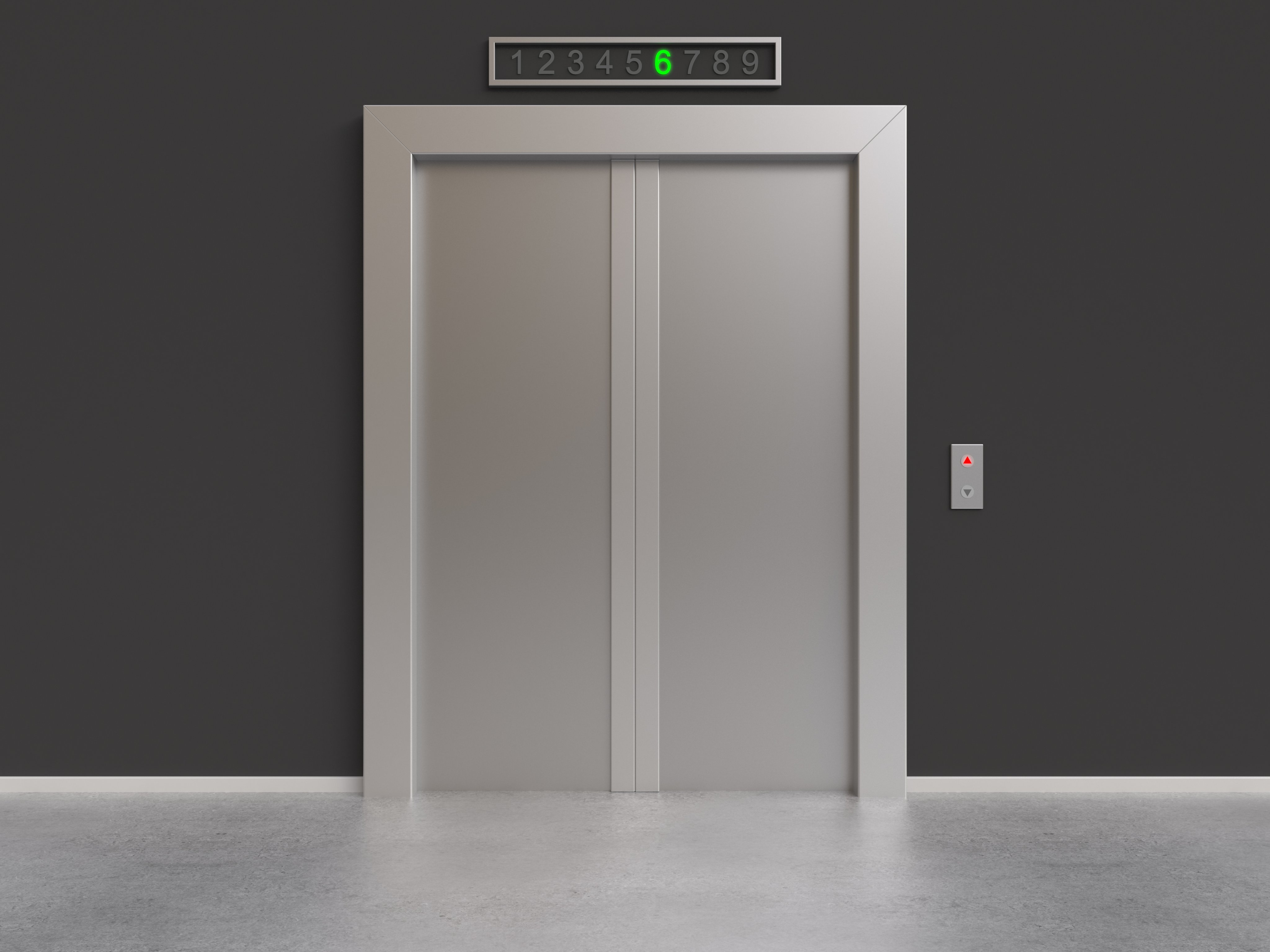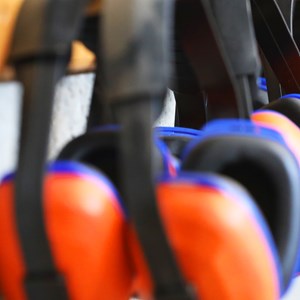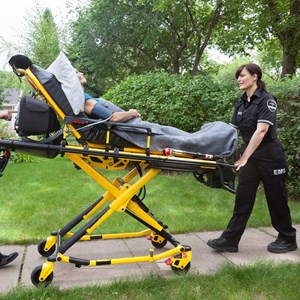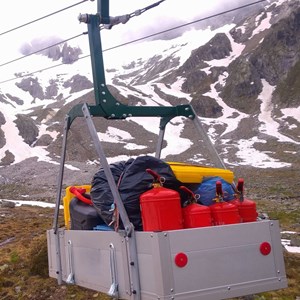The new versions of two of the most important European standards for lifts (EN 81-20:2020 and EN 81-50:2020) have just been published in the Official Journal of the EU, ensuring their harmonisation under the Lifts Directive.
This can be the opportunity to explore more in detail the surprising and very important role of standards for lifts and elevators in the EU and on the global market.
Since their invention in the 19th century as engines of the industrial revolution, lifts and escalators have become a staple of urban life. Thanks to them, humans have become able to achieve both high density and quick mobility, defying gravity and long distances. They are now ubiquitous: it is estimated that there are more than 15 million lifts and escalators in operation worldwide and more than 820,000 new units installed every year.
European Standards for lifts and escalators: a Single Market Success story
Given their common presence in everyday life as well as the necessity for common technical requirements for the European lift industry, it is no wonder that lifts and escalators were among the first industrial goods to have a dedicated technical committee in European standardization. In 1962, the European Committee for Standardization (CEN) established CEN/TC 10 on ‘Lifts, escalators and moving walks’ with the aim of agreeing on safety rules for the construction and installation of lifts, escalators, and passenger conveyors in the then European Community.
The work of European standardization in this field has been particularly relevant in making the Single Market a reality through the adoption of Harmonised Standards. CEN successfully collaborates with the European institutions by creating the standards that implement the requirements introduced by the 'Lifts Directive 2014/33/EU' and 'Machinery Directive 2006/42/EC'. The Lifts Directive, whose latest version is applicable from 20 April 2016, harmonises the rules governing the design, manufacture, and installation of lifts. Its aim is to permit the free circulation of lifts within the EU internal market, ensuring a high level of safety for lift users as well as maintenance and inspection technicians. Similarly, the Machinery Directive harmonises the rules for escalators and other lifting appliances.
According to Esfandiar Gharibaan, the Chairman of CEN/TC 10, the success of this cooperation is evident. But the greatest proof of success, explains Mr Gharibaan, who is also Vice-President at KONE, one of the global leaders in the lifts and escalators industry, is the degree to which it has helped the European industry and consumers: harmonised standards such as EN 81-20 'Safety rules for the construction and installation of lifts - Lifts for the transport of persons and goods - Part 20: Passenger and goods passenger lifts' and EN 81-50 'Safety rules for the construction and installation of lifts - Examinations and tests - Part 50: Design rules, calculations, examinations and tests of lift components'for lifts and EN 115-1 for escalators ensure that a satisfying degree of safety, accessibility and quality measures are achieved all around the Single Market. This way, we can all be assured that when using lifts and escalators, we will move around in our daily lives comfortably and securely. In particular, updated versions of EN 81-20 and EN 81-50 were published in 2020 and have now been published in the Official Journal of the EU, ensuring their harmonisation under the Lifts Directive.
European Standards are at the heart of a global market
The standardization of lifts and escalators does not stop at the borders of the European Union. The lifts and escalators market is a truly global one, even compared to other industrial sectors. The European-based lift industry, with tightly integrated manufacturing and supply chains around the world, holds a major share of the global market.
In this situation, it is of the upmost strategic importance for European Standards to be open to the world: by having standards recognised also outside of the European market, companies adopting them do not have to fear being cut out of the booming Asian-Pacific markets due to incompatibility. It is positive, then, that most countries recognised the value of the standards developed within CEN TC/10, especially EN 81-20/50 and EN 115-1, and decided to implement them in their regulatory system.
The two main European standards for lifts have now become international
Recently, this internationalisation process has continued, with the adoption of EN 81-20 and EN 81-50 as ISO standards. With this objective, CEN/TC 10 has worked in in close contact with the associated technical committee in the International Organization for Standardization, ISO/TC 178, following a well-defined roadmap. The first phase of the roadmap was finalised in 2019, with the adoptoin of EN 81-20/50 as identical ISO standards under the names, respectively, of ISO 8100-1:2019 and ISO 8100-2:2019. For the second phase, it is expected that ISO 8100-1/2 will become EN ISO 8100-1/2 and EN 81-20/50 will be withdrawn. The overall aim is to have identical EN ISO standards: therefore, in the future, CEN and ISO will work in parallel on the revision of those standards.
Lifts and elevators, then, are not only a symbol of modernity, powering economic and urban development, they testify to the role of European standardization in creating an efficient Single Market and fostering the existence of common international rules, applicable in all countries.
Watch Esfandiar Gharibaan speak about the importance of harmonised standards for lifts and escalators (part 1 & part 2).

Joanna FRANKOWSKA
jfrankowska@cencenelec.eu



